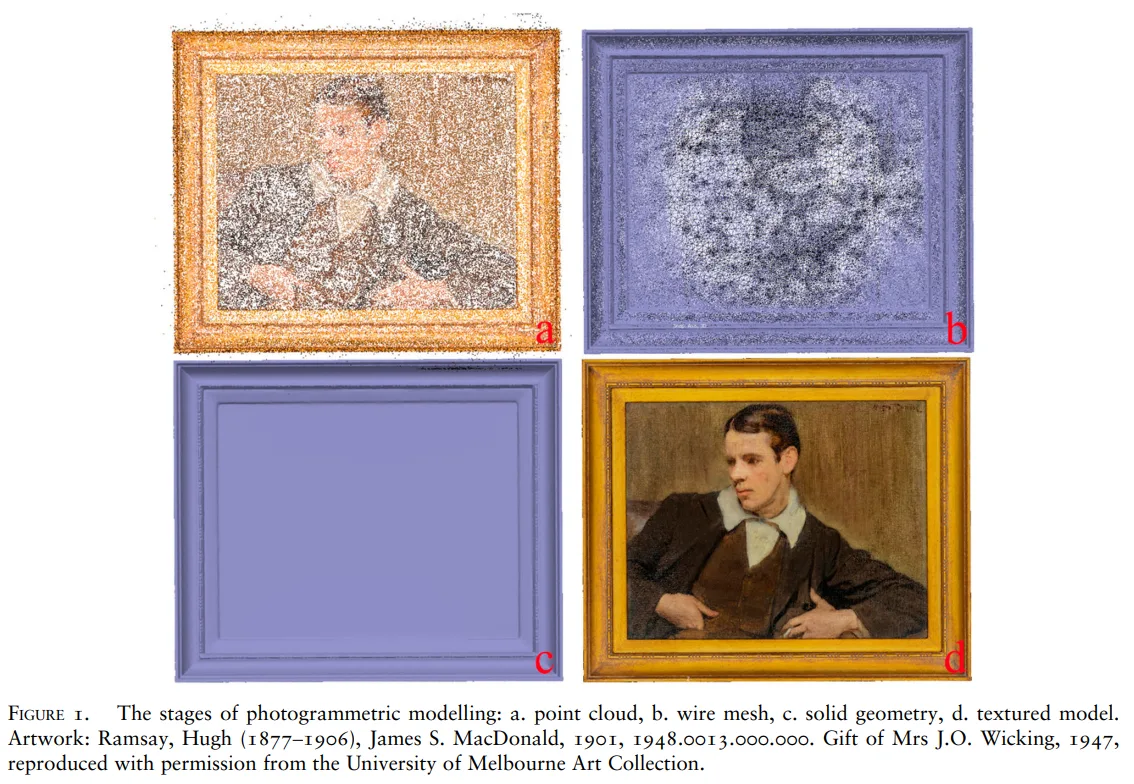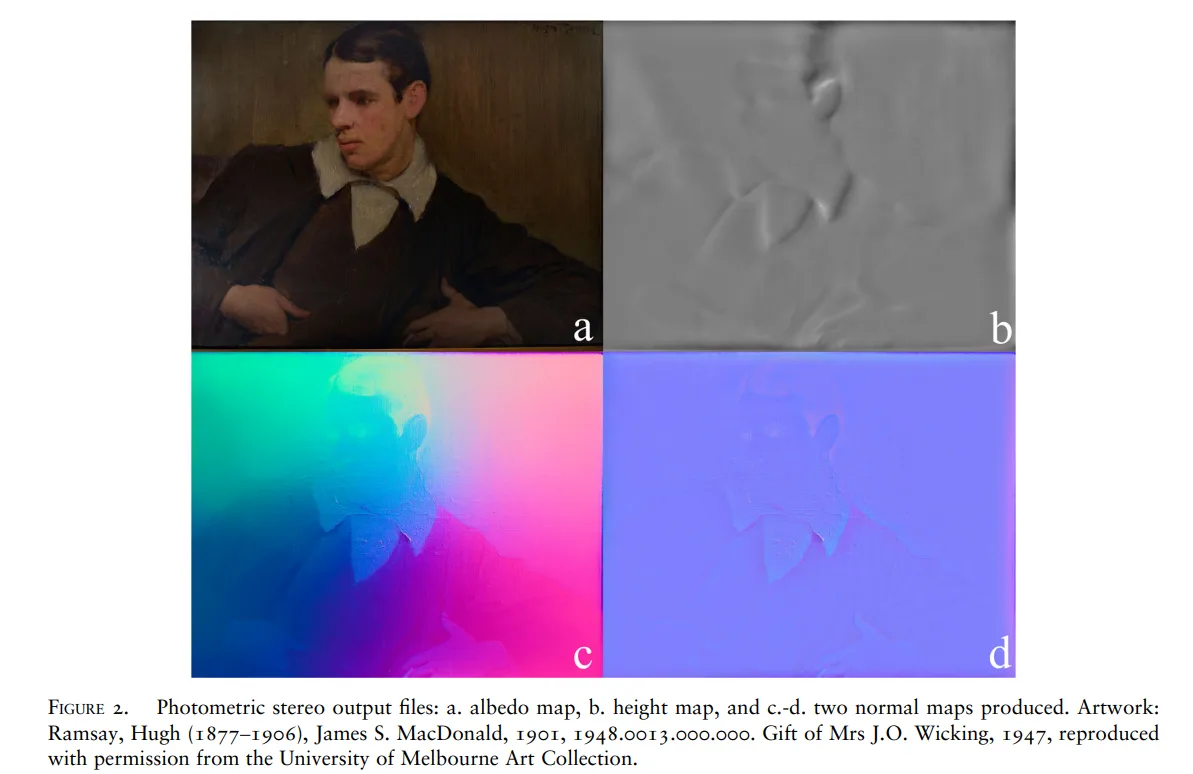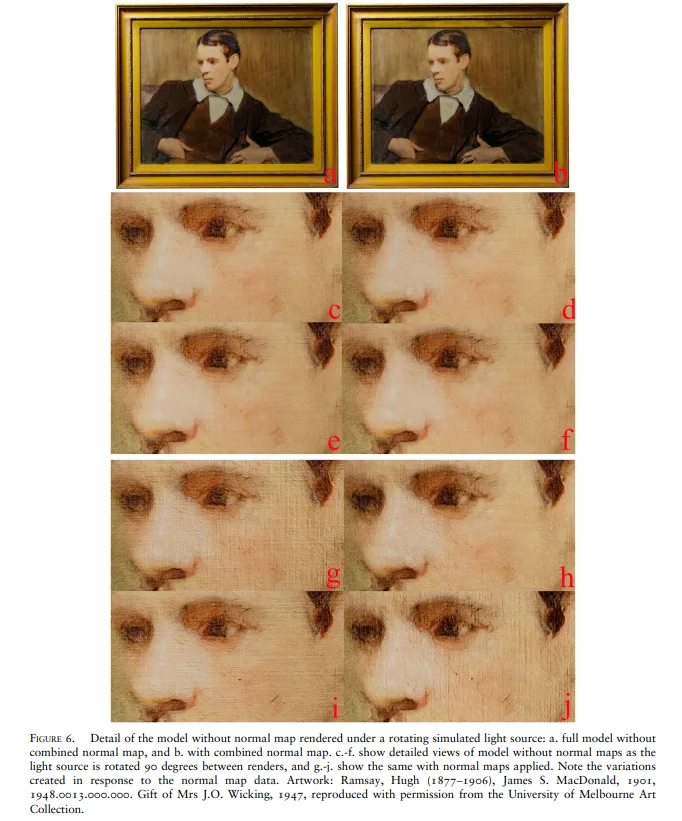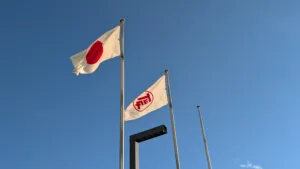Can Game Technology Save Van Gogh? Preserving Cultural Heritage Through 3D Digital Innovation
The Gap Between the Screen and the Gallery
At some point, most of us have searched online for masterpieces by Van Gogh or Monet. The digital images we see reveal composition and color—but somehow, they fail to capture the emotional impact of viewing the real thing in a museum.
The thick impasto strokes that catch the light, the texture of the canvas, and the sheer physical presence of the artwork—these are elements that even the highest-resolution images struggle to convey.
But what if technology could bridge the gap between “the screen” and “the original”?
What if we could experience the three-dimensional essence of an artwork from anywhere in the world?
That once-distant dream is now becoming a reality.

1. Thank the Gamers? How Game Tech is Revolutionizing Heritage Preservation
At the heart of this innovation is a technology called Photometric Stereo—a method originally developed to render textures more realistically in video games and animation.
By capturing images under different lighting directions, this technique creates normal maps—data that simulate the bumps, ridges, and surface detail of an object. The result? A lifelike, three-dimensional look without heavy processing.
Surprisingly, this same technology is now one of the most powerful tools in the field of cultural heritage preservation. What was once developed to make fantasy worlds look more real is now being used to document, analyze, and conserve real-world masterpieces.

2. The Rise of the Digital Surrogate: Capturing Texture and Soul
High-resolution photography isn’t enough. The real goal is to create digital surrogates—digital replicas that faithfully represent not only an object’s shape but also its texture and physical presence.
This requires a combination of two advanced imaging technologies:
-
Photogrammetry:
Captures the object’s full 3D shape through multiple photos. -
Photometric Stereo:
Records fine surface details like brushstrokes, canvas grain, and micro-cracks invisible to the naked eye.
By integrating both, researchers can generate interactive digital models that respond to virtual light, revealing highlights and shadows as they would appear in real life.
"To see a photograph of a van Gogh, no matter the resolution or accuracy of the colours, is a far stretch from viewing it within the gallery space, where the thick and rich impasto catches the light, casts subtle shadows, and produces glimmering specular highlights."
3. A New Toolbox for the Doctors of Art
This technology doesn't just enhance viewing—it’s transforming how experts care for artwork.
-
Advanced Condition Monitoring:
Changes in the artwork—like growing cracks or pigment loss—can be tracked over time at the pixel level. -
Safe, Touchable Replicas:
3D-printed replicas can reproduce even surface textures, enabling hands-on learning in schools and museums without risking the original. -
Non-Contact Printing from Originals:
Researchers have successfully produced prints from 3D data of woodblocks, without ever physically pressing the block. This preserves delicate materials from wear.

4. Democratizing Cultural Heritage Digitization—Made Possible by TR-100
Such advanced techniques may sound expensive or specialized, but they are becoming surprisingly accessible.
At TOMOMI RESEARCH, we are committed to this democratization. That’s why we offer the TR-100 series, an AI-powered visual inspection system designed to make high-precision imaging and analysis accessible to everyone—from small cultural institutions to private collectors.
Key features include:
-
FORESIGHT STEREO:
Our proprietary lighting system for ultra-fine texture capture. -
E3 ENGINE:
An AI engine that builds high-accuracy models from a small number of training images—ideal for small-lot, high-mix applications. -
Cloud-based Visualization & Remote Access:
Enables secure storage, monitoring, and sharing of inspection data.
Thanks to its intuitive interface and compact design, TR-100 supports everything from tabletop inspection to fully automated inline systems.
Even institutions with limited resources can now perform 3D digital archiving that was once out of reach.
While TR-100 currently performs best with relatively flat objects, ongoing R&D is expanding its capabilities for more complex surfaces and artifacts.
Conclusion: A New Dimension in Our Connection to the Past
The digital transformation of cultural heritage is more than just a matter of archiving—it reshapes how we view, understand, and protect the past.
This evolution has been driven in part by unexpected technologies—like those from the world of gaming—and continues to open new doors for global access and preservation.
At TOMOMI RESEARCH, our mission is to turn “what you want to see” into “what you can see.”
We are fusing advanced lighting, AI, and image processing to build visual inspection solutions that serve not only industry, but also the arts and humanities.
As technology brings down the walls of museums, one question remains:
How will we choose to engage with culture in this new, digitized future?
📌 Related Links
- TOMOMI RESEARCH Official Site: https://www.tomomi-research.com
- FORESIGHT STEREO Use Cases: https://www.tomomi-research.com/usecases


